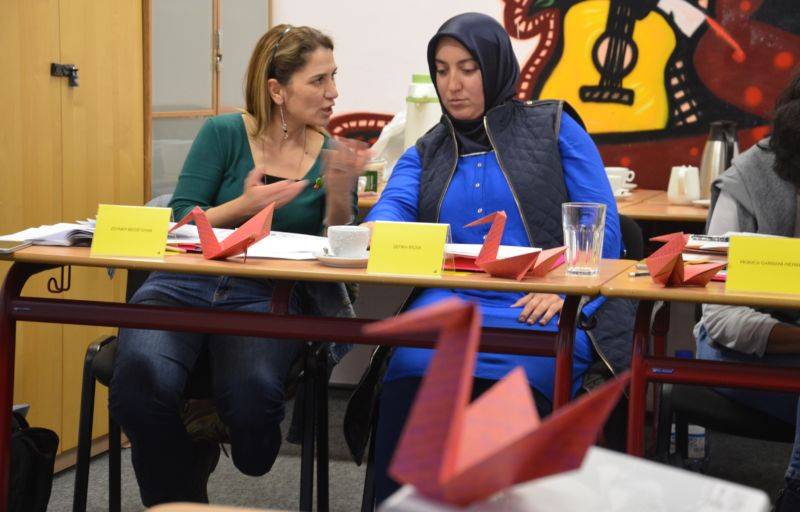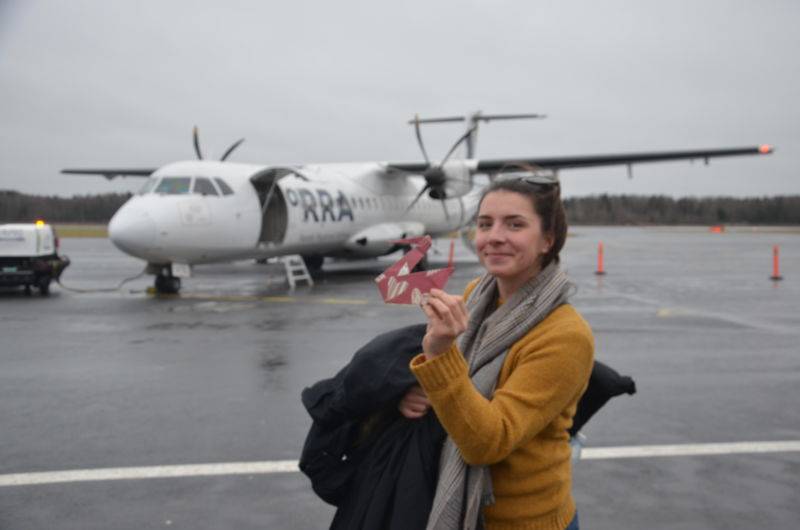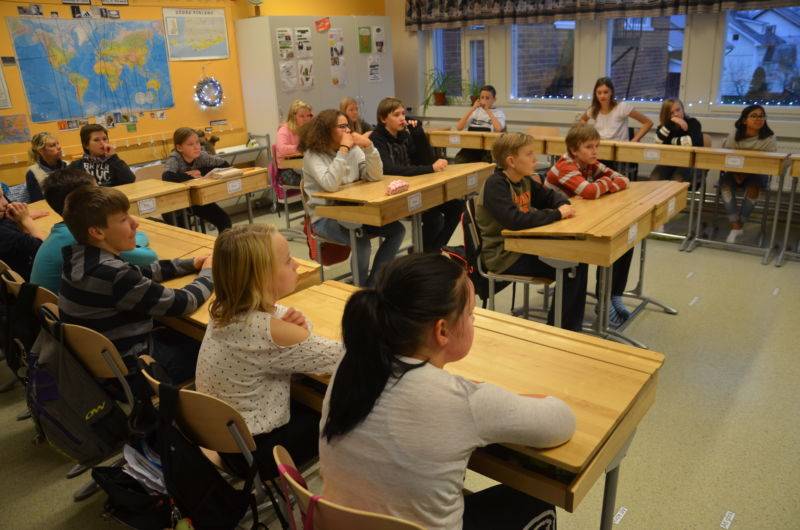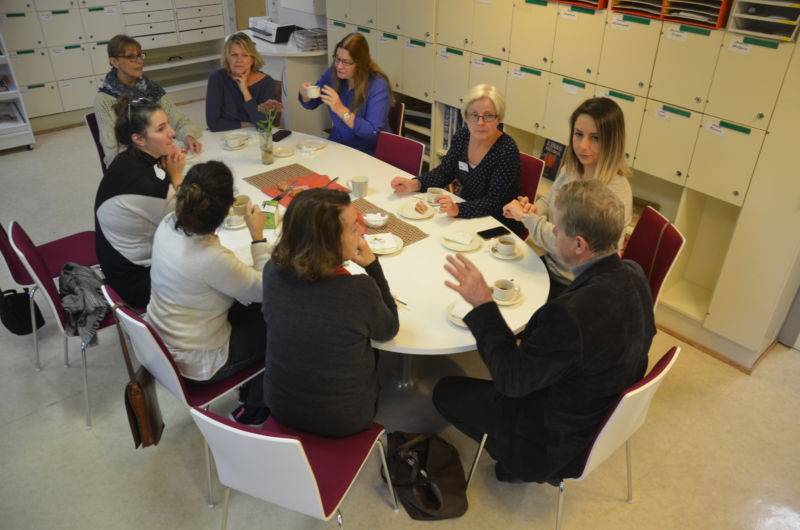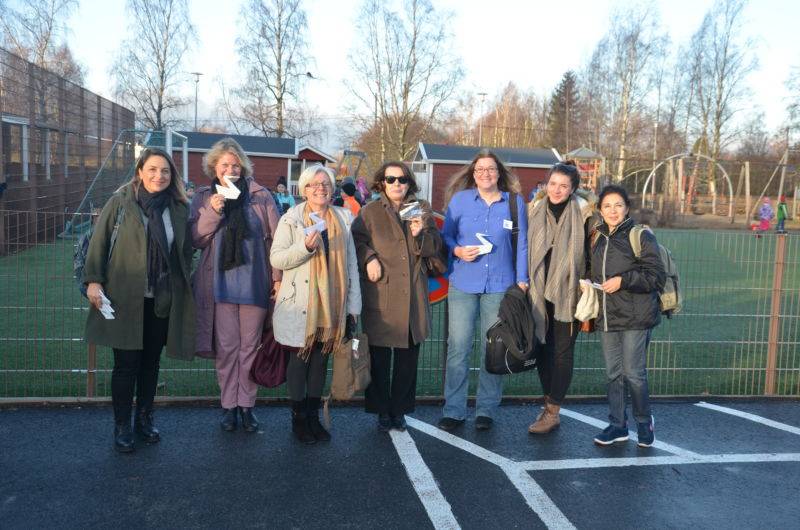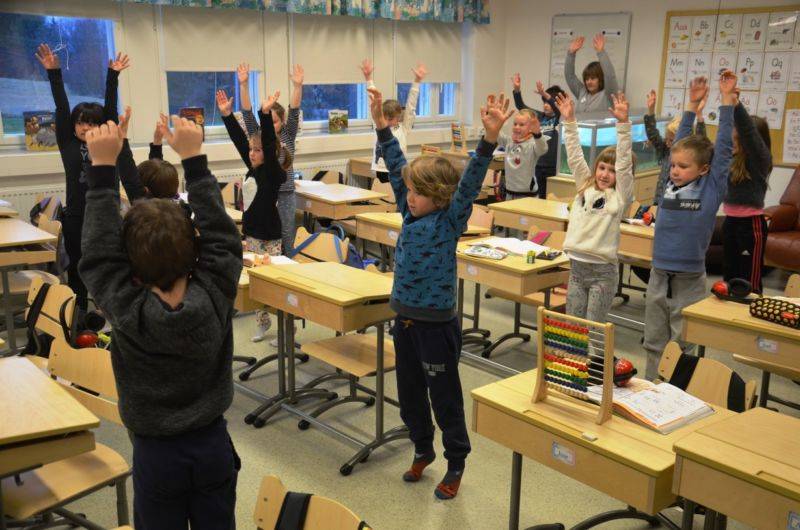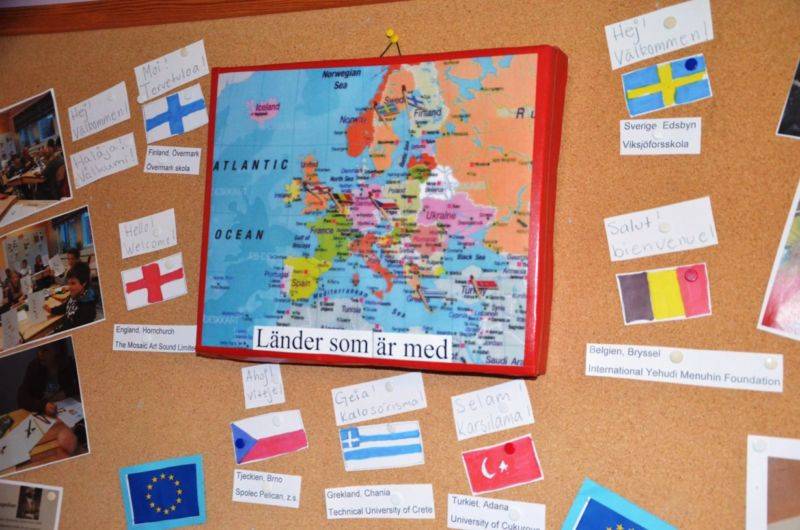Welcome to a wonderful meeting with our Czech language teacher Jitka Koudelková, who has been teaching at our Language school PELICAN for some time now.
We will talk about why Czech language enchanted her, who are her students, what methods she use in teaching our language, what was going on within this year’s meeting of Association of teachers of Czech language as a foreign language, about her “controversial” involvement of books and literature in teaching host country language, but also about cultural differences during teaching foreigners. How does she perceive them? And what brought her to the teaching Czech language? PELICAN is asking!
Jitka, could you, please, introduce yourself briefly and tell us why you are interested in teaching Czech language for foreigners?
I graduated at the Faculty of Arts at the Masaryk University in Brno, which prompted my interest in languages. That’s why, after the graduation I’ve chosen general linguistic for my postgraduate studies. During my studies I have been teaching Czech language for foreigners, firstly children and later also adults from all parts of the world.
What exactly do you teach for Language school PELICAN? Do you have any experiences with lessons “outside” our language school?
At the LS PELICAN I teach Czech for foreigners, especially within the individual lessons for asylum seekers, in cooperation with the Organization for aid to refugees (OPU). In the past, I was teaching for example in the Volunteer Centre 67 in Brno. Every single lesson gave me irreplaceable experiences.
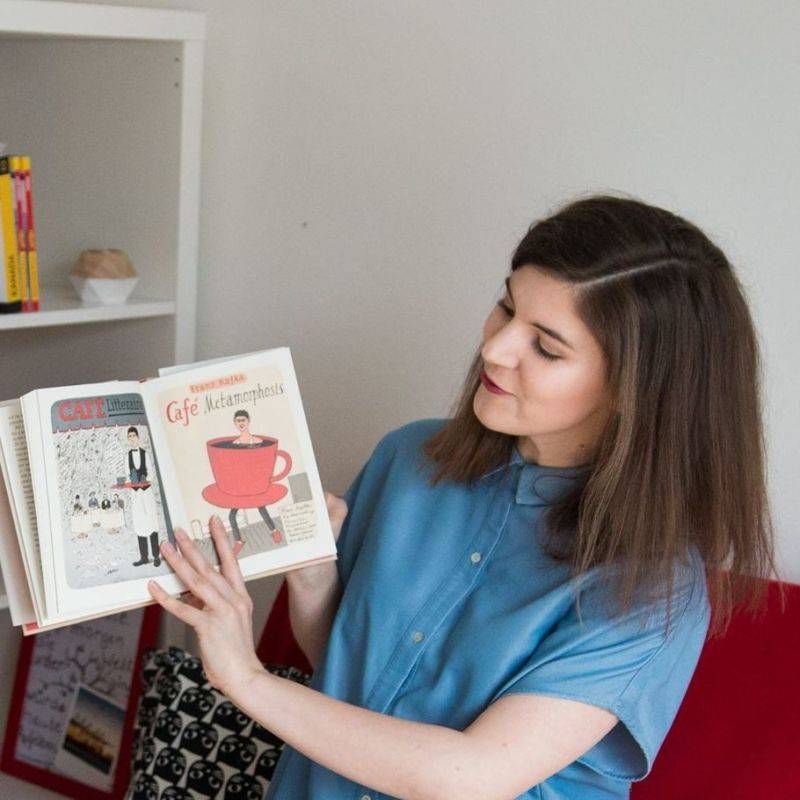
At the picture: Jitka Koudelková, author of the picture: Jitka Janů
What materials do you work with when teaching Czech? Do you have any tips and best practices you would recommend?
In my lessons, I use proven teaching materials. I work especially with the book Czech Step by step by Lída Holá, which is, in my opinion, the best textbook of this type in our market with a wealth of support materials available online. Besides, I like to work with authentic texts, especially from Czech literature or materials from everyday life such as menu, curriculum vitae, cultural programs etc.
Do you know/use any innovative teaching materials/methods in your lessons?
I think it is not easy to bring something truly innovative into the classroom today and it is always a big challenge for all the teachers, not just the language ones. But what is relatively new, for instance, is working with different types of videos within the classroom. Personally, I think it is very effective to find a favourite series in the language your are studying. There is infinite quantity of activities how you can work with such a tool and they are very interesting for students of all ages and levels of knowledge. It is a great way to develop vocabulary in a commonly spoken language.
Could you briefly describe how does your lessons look like?
In my lessons I like to use authentic, especially fictional texts from Czech literature. Books can be used in teaching in a variety of ways, including preparatory courses of Czech for beginners with no basic knowledge of language.
Foreigners who learn the language of the host country directly in the host country can easily achieve a large number of words by identifying them in the text. Then there is nothing to stop them from remembering them. In the text, familiar words can be seen in the context, which undoubtedly facilitate their subsequent use.
Czech language is your great interest. What fascinates you on our language?
Czech language fascinated me since I was young girl. At the grammar school, our professor was a cultivated and well-read lady who has been my role model and motivated me to read books and study the language further. I’ve always enjoyed reading and through the literature I’ve found the way to the language in general.

Workshop within the meeting of AUČCJ in Prague.
Language school PELICAN cooperates, in the framework of teaching Czech language as a foreign language, especially with above mentioned organization OPU. Do you know any other organizations that partially or completely, within their activities, focus on teaching Czech language for foreigners in Brno?
As far as I know, there is for example the META organization dedicated to the support of foreigners in education and work integration. It also supports educator teaching foreigners by organizing seminars or developing learning materials for students with specific needs.
Next, I should not forget to mention the organization Nesehnutí, which provides lots of great programs and campaigns to encourage foreigners (migrants and refugees) and their successful integration into society. To give you an example, within their organization there is a program Together for Diversity which includes a fabulous Buddies project, which is all about volunteering and teaching the Czech as a foreign language. This program is not only about the teaching, but also about integration of foreigners into the host society, big part of the program is promoting intercultural understanding.
Is it really too hard to learn Czech, as people keep saying?
Czech language is, in my opinion, very difficult. In general, the success in learning process depends very much on the language environment from which students come to our country. The most successful are, obviously, students whose mother tongue is any other Slavic language. However, the most important is motivation and everyday contact with the language.
What is the biggest challenge for foreigner in learning Czech according to your experience?
The big problem is the correct pronunciation of some of the sounds. However, it is a problem for many Czech people to speak correctly too. The key for foreigners is to talk and not to be afraid to make a mistake.
From which countries are your students from?
My students come mostly from the Middle East, especially Iraq, Syria and Afghanistan.
What would you say about cultural differences? Do you perceive them in teaching?
You might not expect it, but I do not perceive cultural differences in teaching at all. The people I work with are very often dealing with the same everyday problems as myself. However, that I do not perceive them in lessons does not mean that they are not present, of course. When we embark on wider debates, it is a pleasure to watch how each single student is proud of his/her domestic culture and traditions.
You are partly involved in European educational project Lingua+ of which our LS PELICAN is the partner. Within this project you implement in your lessons Czech books and related activities to the reading (the learning path is called A Book Club). Could you briefly describe us this experience?
I like the idea of the Book Club from the beginning, as I can connect within the implementation of such an activities my interest in reading and language education, and at the same time to encourage in students from different cultural backgrounds the interest in Czech literature and Czech culture.

Workshop within the meeting of AUČCJ in Prague.
My students are predominantly beginners, so it is not always easy to find an appropriate activity related to the reading a book for them. The method I have finally chosen may seem controversial a little, but it works very well. I assured myself and my students in practise when I gave them a passage from the authentic text of the novel by author Milan Kundera.
In the beginning of each lesson based on work with the book I tell to the students that there is no need to fully understand the presented text. The task then can be for example to find in the text maximum of the words that they know or that seem familiar to them. Even students with elementary knowledge of the language are usually able to identify words in the text and translate or explain them correctly. Another task, for instance, can be to find a pair of synonyms or antonyms. In the next task they have to show selected part of the text by using demonstration (pantomime), and the other students have to guess what part of the text it is.
Personally, do you think this way of teaching is effective? Where can you see advantages/disadvantages?
I consider this method very effective. Reading the book teaches students the use of the words and phrases in contexts in which they can subsequently use them. Part of this method is also a common reading. First, the lecturer slowly and carefully reads the text to the students and then students read the text individually, which helps them to learn the correct pronunciation.
You were talking about this method within the workshop at the meeting of Association of teachers of Czech language as a foreign language (AUČCJ). What was the opinion of other teachers/educators on this topic?
This method could have been taken without passionate emotion, if I would not start to talk about the teaching students on the level of knowledge – beginners. The most common counterargument was that the authentic text is too demanding. Firstly, however, it is important to realize, that is not so important for students to understand everything that is written in the specific snippet of the text or what the author wanted to say by the book as a whole.
For beginners it is mainly about to get authentic text to their hands and get as much as possible from the first reading and to provide language activities related to the snippet of the text, based on the ability to find words that are known as well as get the opportunity to talk about the words which are new for them, which they don’t know yet. Learning a word in a certain context in which it can be used is very effective and at the same time much more fun than learning through a textbooks or tables.
The part of the workshop was also the screening of my student’s worksheets (who were willing to present them within the meeting anonymously). This way the participants of the workshop had the chance to compare their assumptions with actual outputs. Especially thanks to this they started to understand to the main goal of this innovative method.
Thank you for the inspirational interview, Jitka! Good luck with your Czech lessons and you students.
PELICAN team

